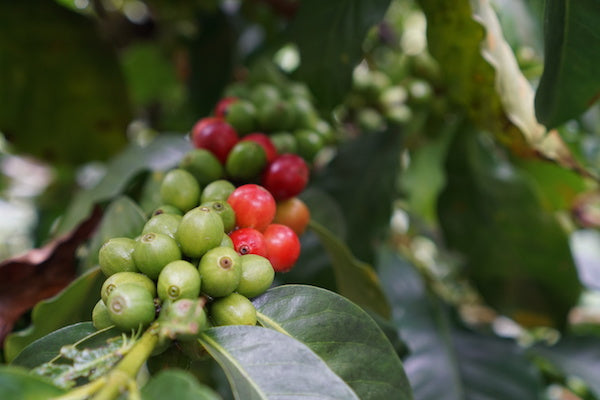Coffee processing describes the specific method undertaken by the farmer to separate the coffee cherry’s flesh & skin from its bean. There are many ways of processing coffee - all with distinct impacts upon the flavour, body and taste of the final coffee. The coffee cherry needs to be nurtured during its processing in order to extract an outstanding coffee and make the best of a unique tasting harvest.
The most common processing methods are a natural, washed or honey method. For those who are a little more daring, alternative processing methods include the anaerobic, carbonic maceration (which is just another way of describing coffee fermentation) & giling basah process which was popularised and is widely used in Indonesia.
Our partner, Tropic Coffee uses the natural processing method with our microlot single origin, Rwanda (Cyato) natural. The natural process is dry, requiring minimal water and resources. At the Cyato washing station, the cherries are first hand-picked and then laid out to dry using the natural elements of the wind and sun. Farmers will often separate these cherries based on the location of the microlot. This allows the producers to nurture a small plot of trees to creates a higher quality coffee bean. Once the drying process has finished, the skin and dried flesh is discarded leaving the green beans in parchment. The parchment coffee is then stored for 'rest' before the final process of milling for export.
The natural method is known for its fruity characteristics and flavour notes of rich, fermented alcohol or sweet nectars. This can produce sharply honeyed, brew-like flavours that are quite memorable upon first sip. The natural process can allow for more experimental flavours to absorb from the coffee fruit enveloped around the bean, so this is a consideration for those who prefer a more well-rounded, depth of taste.

